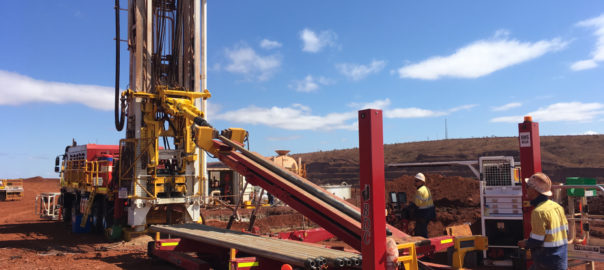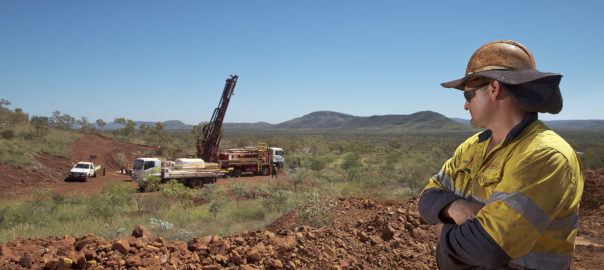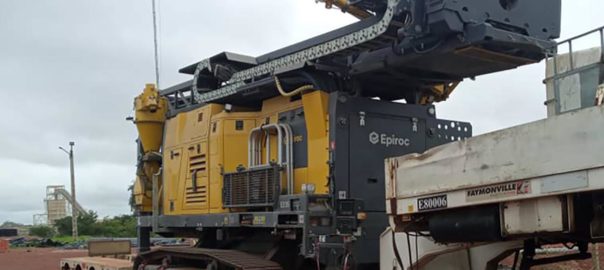Epiroc says it has agreed to purchase the key assets of Schramm Australia, a leading manufacturer of products for reverse circulation (RC) drilling.
Since February 2023, Schramm Australia, based in Perth, has been in voluntary administration, and Epiroc will now continue the business. The assets include intellectual property as well as two production facilities near Perth and two service centres in Queensland and South Australia. Schramm Australia’s employees will be offered employment at Epiroc.
“The Schramm products and brand are well known as a global leader in RC technology,” Helena Hedblom, Epiroc’s President and CEO, said. “We look forward to welcoming the strong team at Schramm Australia to the Epiroc Group.”
The asset purchase is expected to be completed in the June quarter of 2023.










